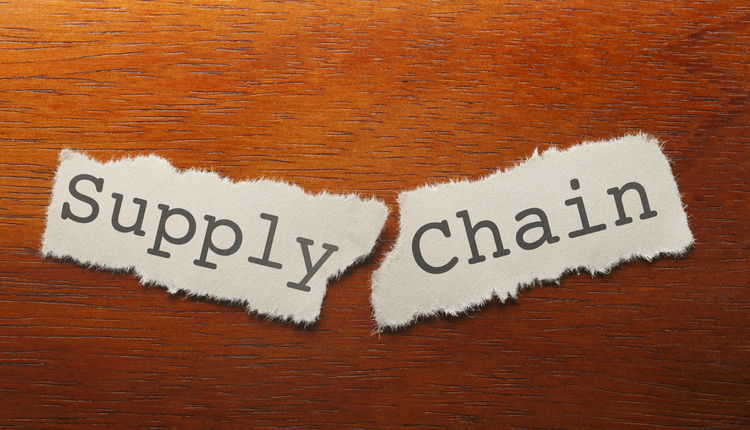Ninety percent of world trade is transported by ocean vessels. However, according to industry estimates, just one container ship can produce the same amount of pollution as 50 million cars. The emissions from 15 megaships match those from all the cars in the world. And, if the ocean container shipping industry were a country, it would be ranked between Germany and Japan as the sixth-largest contributor to CO2 emissions.
Ocean transportation is a dirty business — and it’s also a harmful one. In 2016, the United Nations shipping agency, the International Maritime Organization (IMO), agreed to limit sulfur oxide emissions from the current 3.5% m/m to 0.5% m/m effective January 1, 2020. Airborne sulfur oxide is a leading cause for acid rain, and studies have also shown that sulfur oxide is a cause of respiratory diseases, such as asthma.
There are a few ways for ocean carriers to meet this requirement:
- Low sulfur compliant fuel oil use
- Low sulfur alternative fuel use, such as Liquefied Natural Gas (LNG)
- Exhaust gas cleaning system, aka “scrubbers,” installation
But, as one can imagine, regardless of how the requirement is met, it will come at a price. MSC and Maersk Lines each estimate that the cost of the various changes that will need to be made to their fleet and fuel supply will be in excess of $2 billion dollars per year. Meanwhile, Hapag Lloyd noted that they are expecting their low sulfur fuel costs to be around $75 to $100 million during 2019 Q4 in order to be ready for the IMO 2020 implementation date of January 1. Overall estimates for ocean freight providers are over $15 billion annually.
The largest global ocean freight forwarder, Kuehne + Nagel, expects the increase in costs will have a significant impact on the overall prices of container transportation and on freight rates. “While the implementation date for IMO 2020 is January 1, 2020, we anticipate freight rates to increase as early as the end of the third quarter of 2019,” it points out. In addition, Flexport estimates that carriers will be forced to reduce total capacity by seven to eight percent as they install scrubbers and additional preparations are made. Many providers, including both Maersk and MSC have already implemented a new bunker fuel surcharge to shippers in an effort to subsidize some of the increased costs.
The positive result will be environmental improvements; however, costs incurred by ocean carriers will have a trickle-down effect across the entire supply chain. Ocean carriers will pass costs through to shippers in the form of surcharges and increased rates. Fuel refineries will raise prices as they switch to producing more low-sulfur fuels, and there is a strong likelihood that diesel and jet fuels will increase in price as well. This will likely translate into higher fuel surcharges from other modes of transportation carriers such as air, truck, rail, and small parcel providers. While neither US leading domestic small parcel providers, UPS and FedEx, have directly linked IMO 2020 to their recent fuel surcharge changes, it is likely one of the reasons. Ultimately, this will trickle down to consumers paying higher prices for such things as airfare, cab fares, and at the gas pump.
Some analysts expect the long chain of cause and effect will negatively impact the global economy by lowering global GDP by 1.5% in 2020.
Shippers are encouraged to work with all of their supply chain partners to fully understand the effects of IMO 2020 and to communicate any changes to their customers well in advance.
Collaboration is an important part of doing business. However, it is often overlooked, and the result could mean higher costs and often unplanned expenses. Even worse, lack of collaboration can lead to a loss of customers.
IMO 2020 will go into effect in just a matter of months. Don’t let it catch you by surprise when you start receiving invoices from your transportation partners, if you haven’t already.
John Haber is Founder & CEO, Spend Management Experts. Contact John at solutions@spendmgmt.com for more information.
This article originally appeared in the 2019 May/June issue of PARCEL.



















